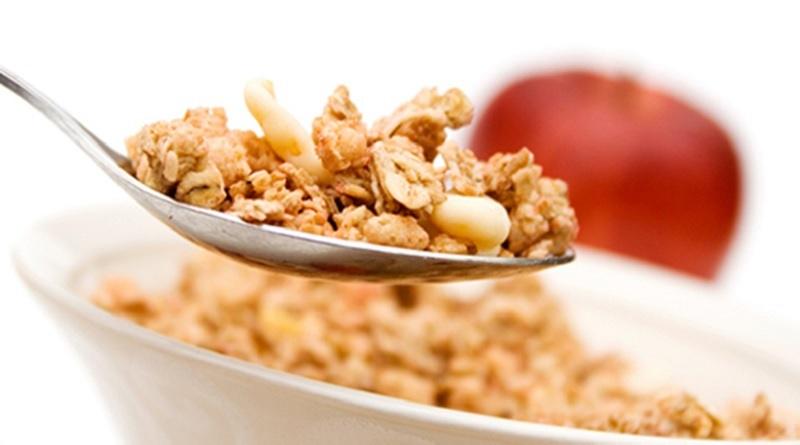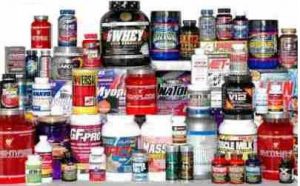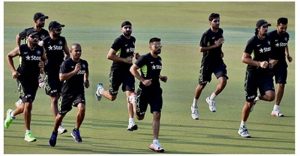
While things like Upma, Dosa, Paratha, Egg items have always been, and are still popular breakfast items in India, you can also now add cereals to that list.
Most families have cereals at least once a week for breakfast (those who are single have it even more frequently). Its the perfect breakfast item for those with a hectic lifestyle; canteen of most companies have cereals in the breakfast menu (for those who skipped breakfast at home).
Breakfast cereals is a growing market in India, and you can guess that by the options that are available today (compared to what was available few years back).
With Nestle planning to enter the foray into the market, it will compete with Kellogg’s, PepsiCo, and Indian brand Bagrry’s (these are the major brands in the cereals market currently, with Kellogg’s being the dominant player).
Manufacturers offer a wide range of products, appealing separately to kids and adults. Cornflakes currently sells the most in the market, but other cereals like oats and muesli are quickly becoming popular for their health benefits. Oats and muesli are growing much faster than cornflakes as people are getting more health conscious and moving towards healthier foods.
Here’s report published on technopak.com
Cereals have always held their share of the Indian breakfast platter e.g. flattened rice flakes (chivda/poha) with
milk popular in western and central India, whole wheat grits (dalia) in northern India, etc., alongside the regional staples which have been traditionally preferred, e.g. paranthas in the north, and idli or dosa in the south. For the most part, Indians have inclined towards consuming their quintessential hot, cooked breakfast (naashta), and find it difficult to give in to such breakfast options as cereals with milk. However, lifestyles are changing in tandem with increasing spending power, greater time-poverty, higher need for convenience, and health consciousness. These factors have encouraged Indians, especially in urban areas, to opt for breakfast cereals. The influence of ‘western’ lifestyles and eating trends has played an effective role in opening the gateway for experimenting with different tastes and varying eating preferences.
Breakfast cereals is a growing market in India. Within this, hot cereals and muesli have been the fastest growing
product categories in the recent past. Among hot cereals, oats has gained high acceptance and popularity; this
can be attributed to the consumers’ awareness of the grain’s health benefits.
Breakfast cereal manufacturers have used the nutritional plank as a growth strategy. They have introduced
healthy fortified options to suit the needs of different demographics, e.g. like Kellogg’s products in kids’ category, all-family segment, and for aging adults. Furthermore, offerings have been customized to suit the Indian
consumer’s taste, e.g. mango, kesar-elaichi, etc. The breakfast cereal market already offers various product
categories, e.g. cornflakes, oats, muesli, wheat flakes, etc. The most popular category in the Indian market is
cornflakes, which holds roughly over 50% of the market, followed by oats and muesli, which are on an upward
stride vis-à-vis consumer acceptability.
India, being a large market with growing middle-income group and double-income households, holds great
potential for the breakfast cereal market, which in turn must provide healthy, convenient, and tasteful options.
The success story of Kellogg’s, Bagrry’s, etc. reinforces their belief in the potential of the breakfast cereal market which, though at a growing stage with few national and international players, has captured a large share of the pie, witnessed healthy year-on-year growth in the past couple of years, and is positive about future business
growth. In terms of product offerings, players will need to focus more the enhanced variety and innovation, and
also on efforts to boost consumer trials.
While there is no doubt about the potential of the breakfast cereal market in India, it is not going to be easy, with challenges abounding. The biggest challenge is competition, as there are more than 50 regional players in the
segment apart from major players like Kellogg’s, PepsiCo’s Quaker Oats, Bagrry’s, etc. The confidence of
existing players in terms of enhancing their reach, as well as of new entrants like Marico, Heinz, etc. will add to the competition. Competition can also be expected from other FMCG chains which are not currently focusing on
packaged breakfast as their core product offering e.g. Ready-to-Eat players like Britannia with its range of readyto-cook upmas, porridge, and pohas under the Healthy Start brand. This provides consumers with varied, healthy options that both suit the Indian palate and can be termed traditional as well. Additionally, brands like McDonald’s are eyeing the breakfast market in India with their range of breakfast menus which cater to travelling
professionals.
Market penetration, with better-yet-economical distribution, poses another challenge for international players who
hope to enhance their existing market reach and foray into new market segments like low income groups.
Although manufacturers are offering small packs at economical prices, widening the consumer base, however,
requires that this economical range is available in categories other than oats.
Regional players have a competitive edge over bigger brands with their strong and robust local distribution
network. Regional manufacturers are targeting not only kirana stores but also using multilevel and consumer-toconsumer marketing approaches to deepen their market penetration. These players are not spending aggressively in branding; however, they offer relatively better margins to kirana owners to push their products. Again, their products are relatively economical, compared to the bigger brands, and suit the pockets of the middle
and lower economic classes. Bigger brands will need to develop a wholly new business model that can extend
their reach amid such cutting edge competition.
Inflation in raw materials’ prices is another big hurdle not only because of increasing product prices, but also via limiting profit margins. This is increasing the cost passed on to the final consumer, who might be tempted to
switch over to relatively economical breakfast options.
Howsoever, increasing urbanization, health consciousness, and incidences of such diseases as heart attacks,
diabetes, and blood pressure are pushing consumers to switch eating preferences from indulgent to wholesome.
Breakfast cereal manufacturers are likely to benefit from this trend as health benefits are one of the factors due to which consumers purchase cereals. The surge in demand will also drive innovation in the breakfast cereal
market, with the introduction of better product offerings as well as international brands in. Thus, although
Breakfast Cereals is an evolving market, as it evolves, it will create scope to overcome challenges like product
awareness, brand loyalty, understanding consumer buying behavior, and developing products which tantalize the
Indian consumers’ palate.









Leave a Reply